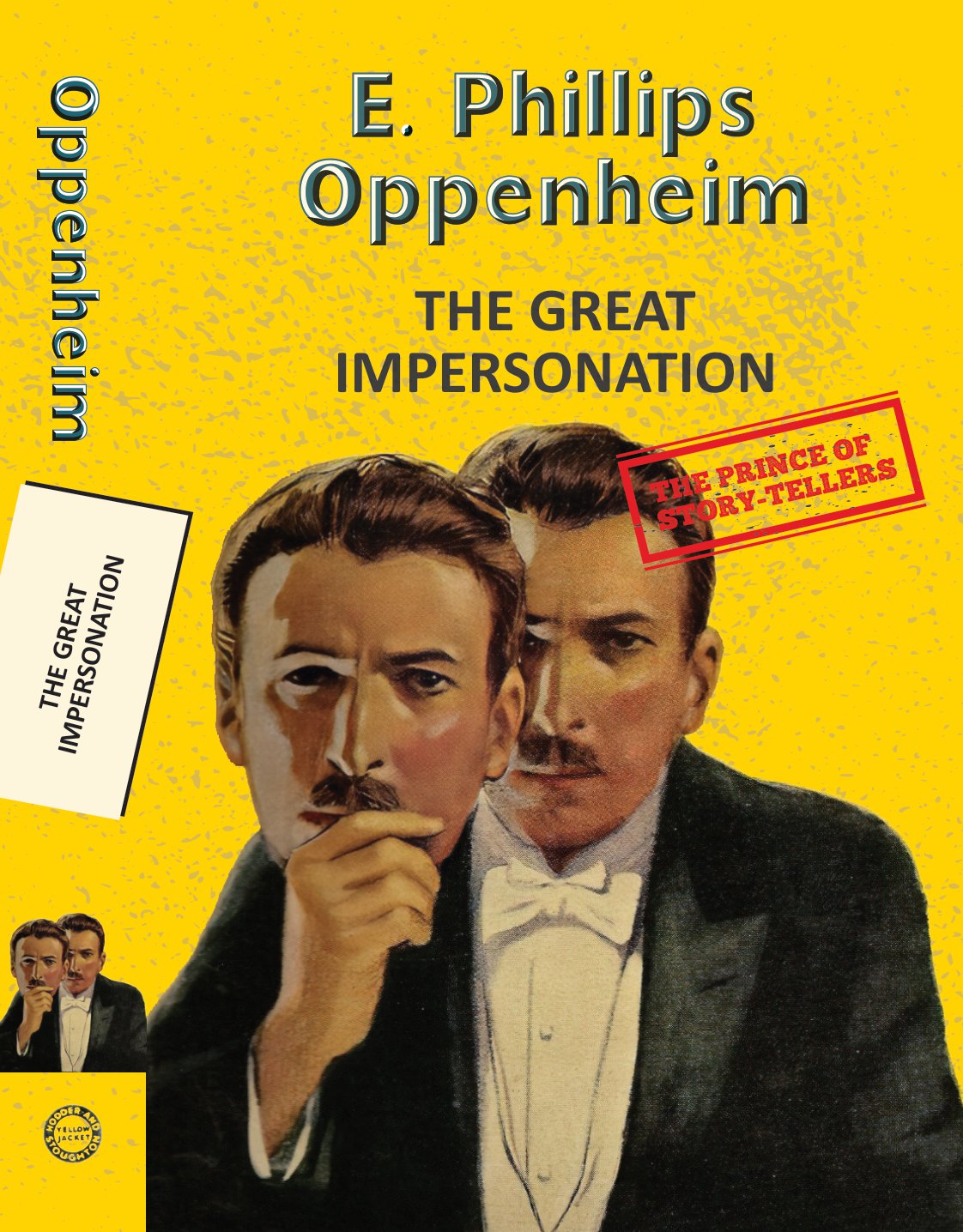E. Phillips Oppenheim
Edward Phillips Oppenheim (1866 1946) was an English novelist, a prolific writer of best-selling genre fiction, featuring glamorous characters, international intrigue and fast action. Notably easy to read, they were viewed as popular entertainments. He was so popular and influential as a thriller writer that he was featured on the cover of Time magazine in 1927.
After attending Wyggeston Grammar School until the sixth form in 1883, his family's finances forced him to withdraw, and he worked in his father's leather business for almost twenty years. His father subsidized the publication of his first novel, which proved just successful enough to break even. He published five of his novels between 1908 and 1912 under the pseudonym "Anthony Partridge".
Around 1900, Julien Stevens Ulman (18651920), a wealthy New York leather merchant who enjoyed Oppenheim's books, bought the leather works and made him a salaried director to support his writing career.
He quickly found a successful formula and established his reputation. In 1913, John Buchan, launching his career as a suspense novelist, called Oppenheim "my master in fiction". As early as that year, his publishers were bringing out new editions of some of his earlier works to meet, in the words of one trade publication, "the insatiable demand of the public for more stories by him".
In 1892 Oppenheim married an American, Elise Clara Hopkins of Easthampton, Massachusetts. They lived in Evington, Leicestershire in what is now The Cedars pub until the First World War and had one daughter.During that war he worked for the Ministry of Information.
He described his method in 1922: "I create one more or less interesting personality, try to think of some dramatic situation in which he or she might be placed, and use that as the opening of a nebulous chain of events." He never used an outline: "My characters would resent it." When he needed villains for his diplomatic and political intrigues he drew on Prussian militarists and anarchists, enough for one reviewer to lament "the baldness of his propaganda".
A 1927 review in The New York Times said he "numbers his admirers in the hundreds of thousands and has one or more of his books on a prominent shelf in almost every home one enters". He appeared on the cover of Time magazine on 12 September of that same year.
Reviews for his work treated them as entertainments and his was the early template for thrillers much more than crime. In 1933, a review of Crooks in the Sunshine explained that "Mr. Oppenheim's crooks are so polished that they have no difficulty in moving in the very best society.... There is very little mystery in this book, but there is dress-suit crime galore." Readers came to expect signature themes, "the peculiar Oppenheim blend of dispatch-box atmosphere, femmes fatales, double traitors, and a tight plot". In mid-career, The Great Impersonation (1920) was called "his best work".
Oppenheim's literary success enabled him to buy a villa on the French riviera and a yacht, then a house in Guernsey, though he lost access to this during the Second World War. He regained the house, Le Vauquiedor Manor in St. Martins, after the war and died there on 3 February 1946.

